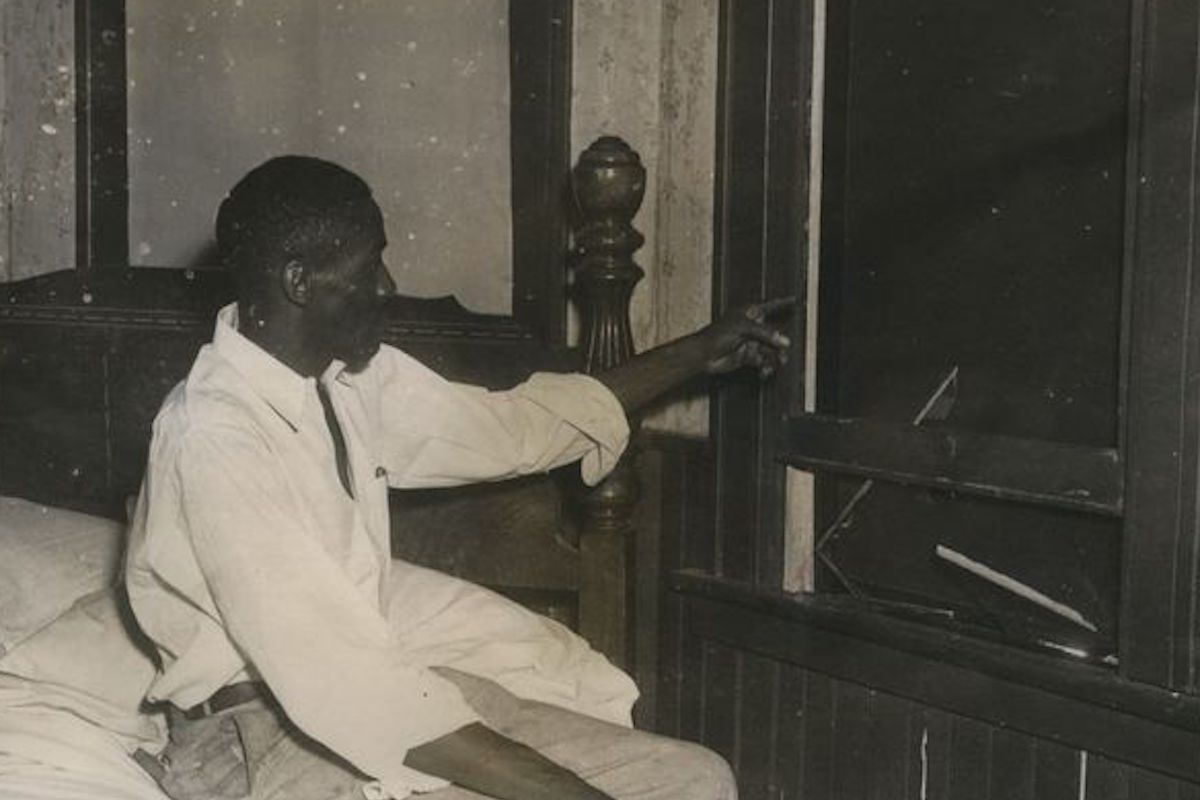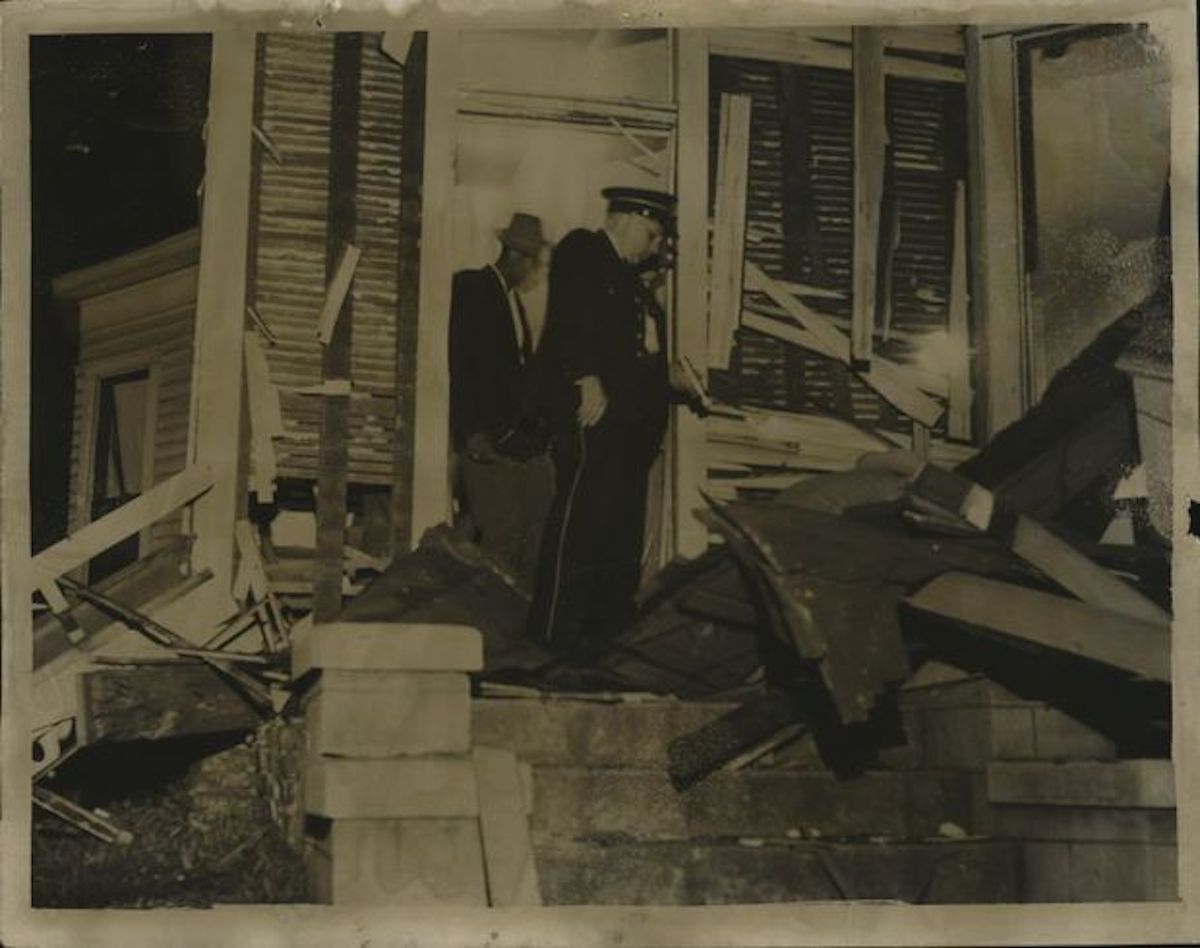As part of our series looking back at the seminal events that changed the nation 50 years ago, NPR’s Debbie Elliott paid a visit to Birmingham’s Dynamite Hill. In many ways, the story of modern Birmingham starts on Center Street, a leafy hill lined with neat brick ranch-style houses. In the 1940s, Center Street was the city’s color line. To some, the west side was the white side and the east side was in transition. [mc4wp_form id=”6042″]
Standing at the top of the hill, Jeff Drew remembers when the first black families tried to cross that divide.
“If you wanted to get a house on the west side of Center Street chances are you were going to have some resistance from white folks,” Drew says.
But Drew’s family, along with other up-and-coming black professionals, moved to the west side of Center Street anyway in a determined effort to take on one of the most segregated cities in America. At first, Drew says, the Ku Klux Klan would burn the doors of the houses that African-Americans moved into. Sometimes members of the Klan would fire shots into the dark of night.





You must be logged in to post a comment.